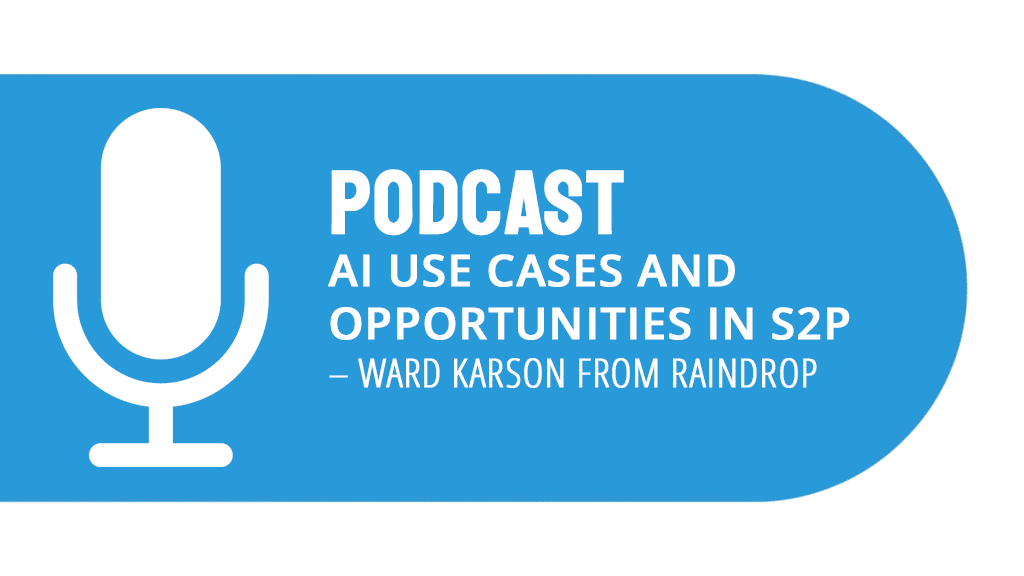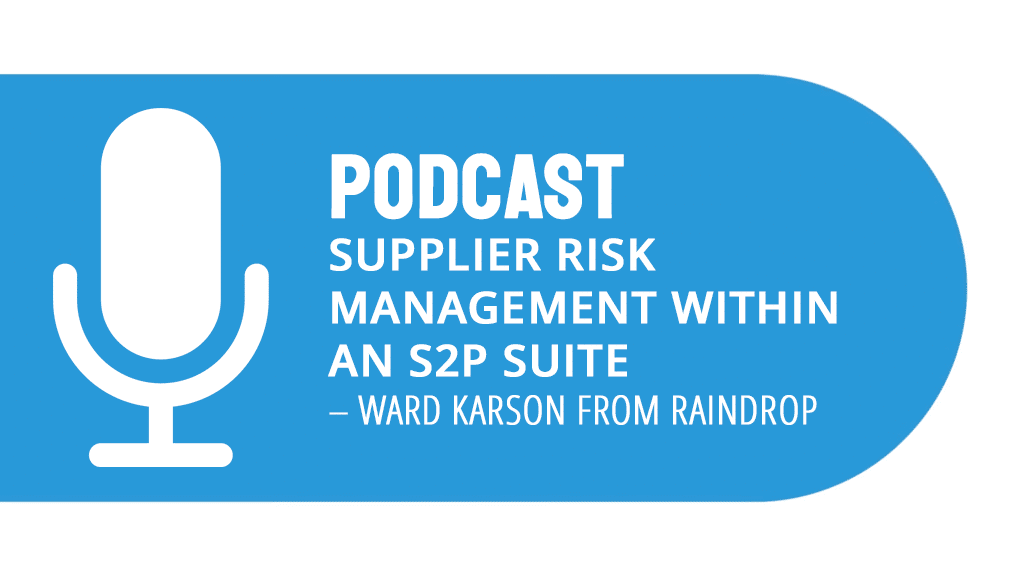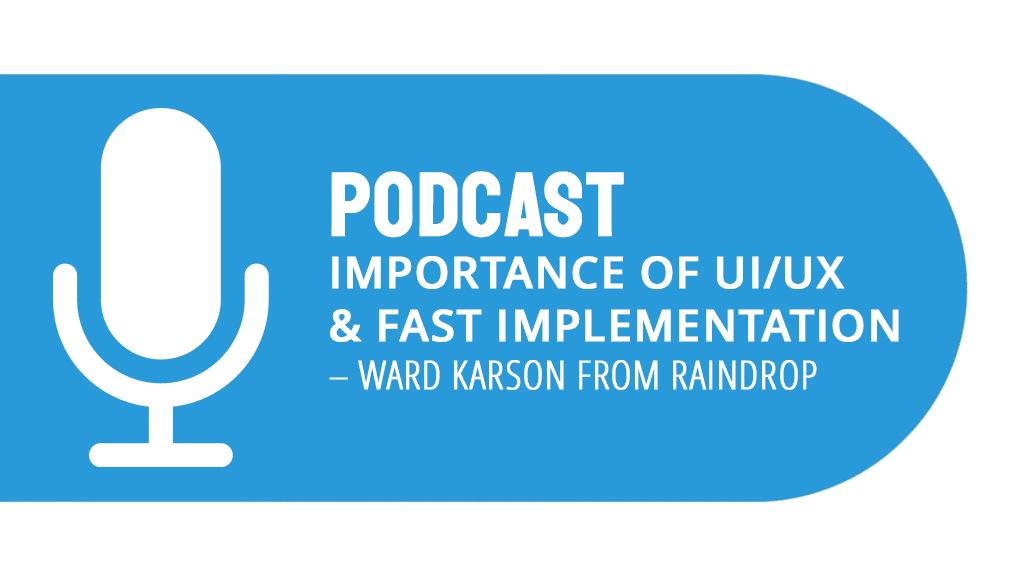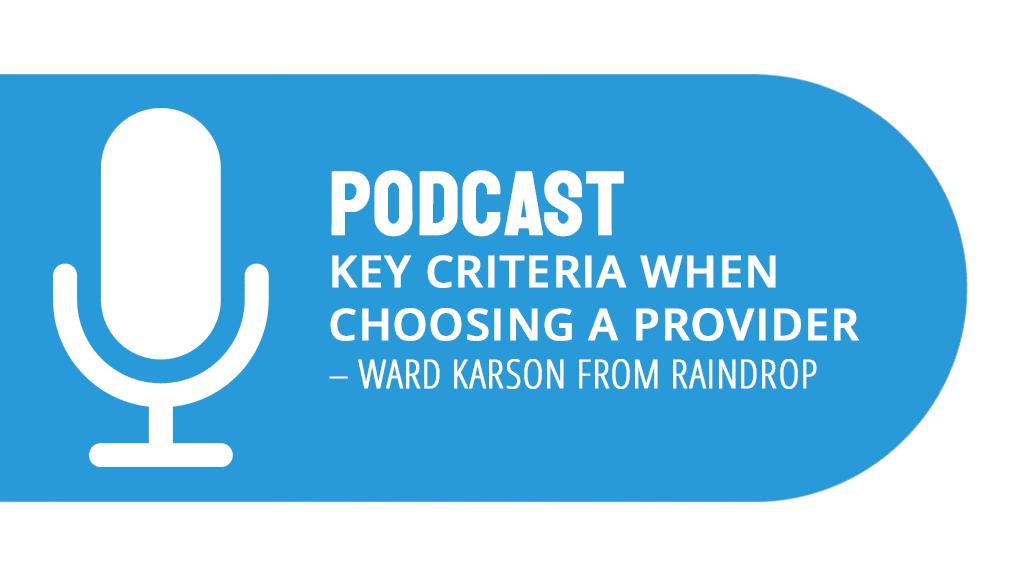
AI Use Cases and Opportunities in S2P
PodcastsThe Procurement Software Podcast - featuring Ward Karson from Raindrop.

Supplier Risk Management Within An S2P Suite
PodcastsThe Procurement Software Podcast - featuring Ward Karson from Raindrop.

Importance of UI/UX and Fast Implementation
PodcastsThe Procurement Software Podcast - featuring Ward Karson from Raindrop.

Key Criteria When Choosing A Provider
PodcastsThe Procurement Software Podcast - featuring Ward Karson from Raindrop.
